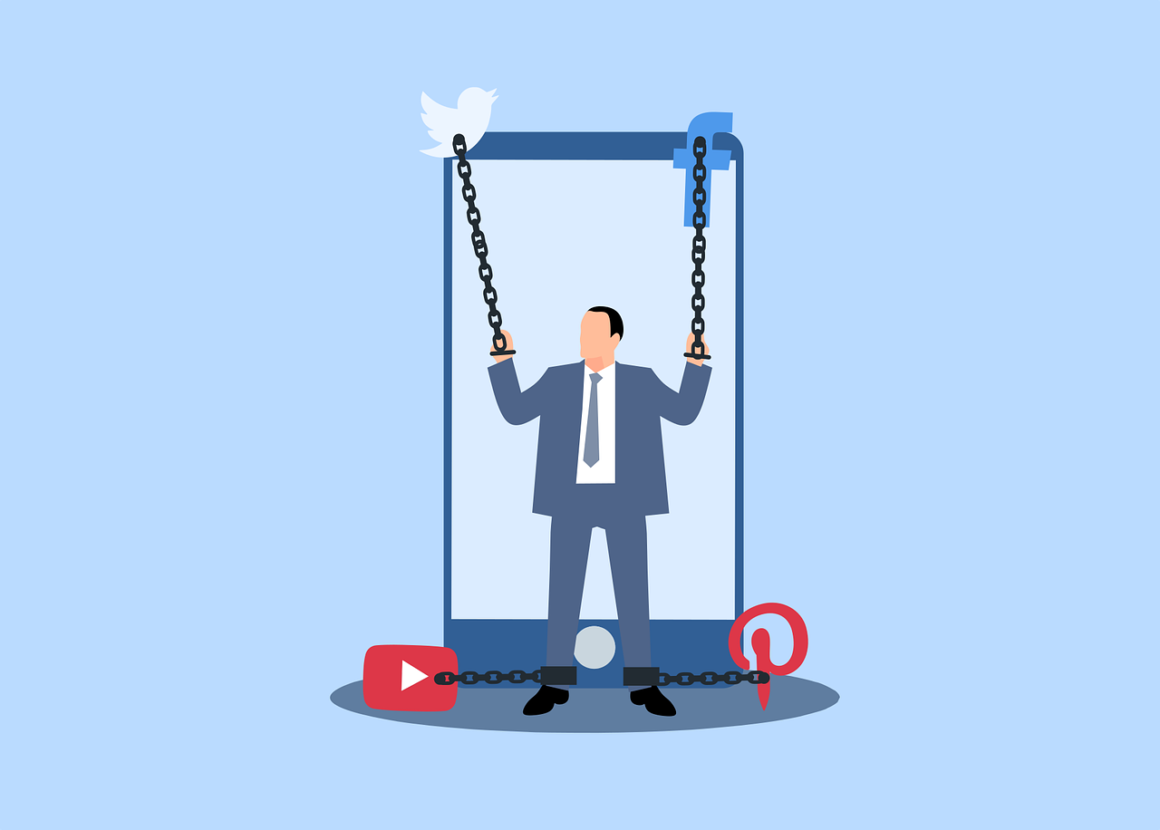This is a sponsored post. Affinity Magazine is receiving financial compensation for the publication of this article, which utilized content provided by a third party.
As businesses become more reliant on digital networks and digital data, cybersecurity is becoming more important. Hackers operating for personal, political, or institutional gains use an ever-expanding number of attack vectors to victimize organizations and gain access to sensitive data. As hackers evolve, so do the measures used to counter them. This article is a quick rundown of the essential aspects of cybersecurity that every company needs to pursue. It is not an exhaustive guide: consultation is always necessary before a cybersecurity strategy can be planned. Many companies find it hard to keep up with the ever-changing cybersecurity environment using their in-house IT teams. Third-party consulting and service provision companies are becoming more and more popular with companies that can see gaps in their capabilities.
Application Security
All companies and organizations make use of multiple applications. Applications can range from off-the-shelf commercial software types to purpose-built in-house software. Software misconfiguration can offer an easy backdoor through which hackers can gain access to sensitive data. Cybersecurity experts need to audit all applications used by a business in order to ensure that it is not compromising the overall security of a network. Ideally, all applications will be developed with security in mind, but this should not stop an organization from regularly probing and testing their software in order to ensure there are no unnecessary vulnerabilities.
Information Security
Data is one of the most useful and sensitive resources a company can have access to. If sensitive data gets into the wrong hands, it can spell doom for a company’s reputation. Massive data breaches severely erode the public’s trust in the corporations that claim to safeguard information. Information security protocols are developed in order to mitigate the risk of a data breach by ensuring that only authorized parties have access to data, and to ensure that only consenting parties submit sensitive data.
Cloud Security
Companies are migrating to the cloud in vast numbers. Cloud computing and storage services allow for the remote hosting of services that would previously have had to be hosted on-site. Cloud security protocols are largely based around the airtight encryption of data that is being transmitted to and from remote servers in order to protect it from man-in-the-middle attacks.
End User And Authentication Security
End user and authentication security measures are put in place in order to make sure that only authorized parties can access sensitive areas of an organization’s network. Multifactor authentication is now an industry standard. Traditional password-based authentication roadblocks are surprisingly easy for hackers to bypass. Most businesses now require a combination of biometric and end user device authentication. Biometric authentication is very reliable and is based on the algorithmic recognition of an authorized party’s unique biological signatures – such as fingerprints. End user device authentication often involves the sending of a code to an authorized party’s phone – theoretically ensuring that the owner of the phone is the only person able to access content displayed upon it.
There you have it: four key aspects of cybersecurity.




